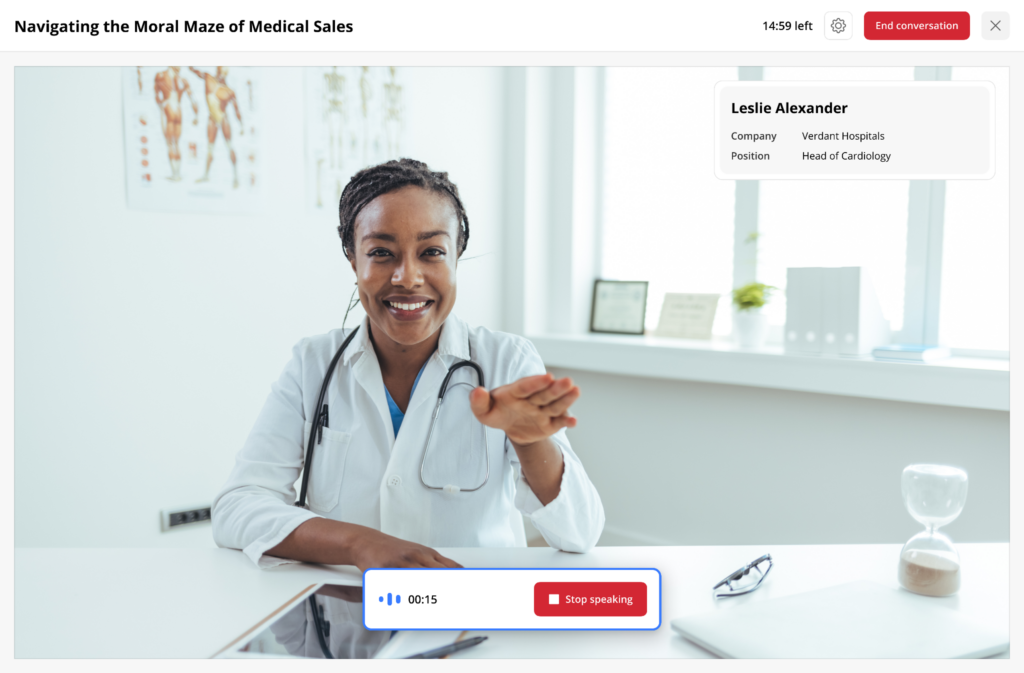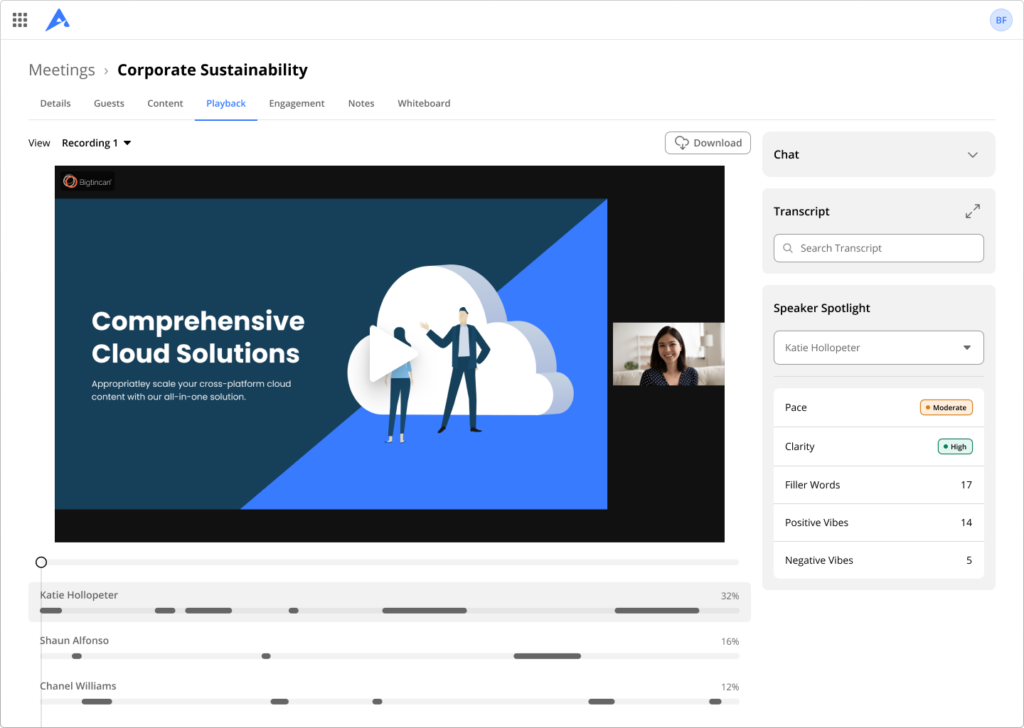This post was originally authored by Mark Shalinsky, veteran sales and revenue operations executive and former member of Bigtincan.
Sales leaders understand that training and coaching build a high-performing team. But what's the difference between the two? And how do you know which one your reps need, and when?
Let's review the most common questions about sales training and coaching — and how AI makes both more effective than ever.
What's the difference between sales training and coaching?
I’m often reminded of a common conversation between a CEO and CFO. The CFO asks, “How much will it cost us if we train a rep and they leave?” To which the CEO responds, “How much will it cost us if we don’t train them and they stay?”
In my years of building sales teams, I've seen how training and coaching play essential roles in developing successful reps.
Here’s what I mean: sales training provides your team with the information, materials, and tactics they need to succeed. Sales coaching, on the other hand, is helping your rep understand what actions they took (or didn’t take) that resulted in the outcome. Training is a one-to-many activity, whereas coaching is usually a one-to-one activity.
Let me walk you through my approach to training when I'm kick-starting a new team. It all starts with effective onboarding.
What does effective sales onboarding look like?
Most of the reps I hire are completely new to sales. They've never made a cold call, written a business email, or even logged into a CRM. And you know what? That's exactly where they should start.
My BDR boot camp is designed specifically for these entry-level reps. Here's the thing about starting from scratch — you can build great habits from day one, without having to undo bad ones.
Working at start-ups, I am under the gun from management to get these people at full ramp within a fiscal quarter, or faster. I do this in two phases of training:
- Two to three days of sales onboarding training
- Two to three weeks of on-the-job training (OJT)
Phase 1: Three-day intensive onboarding
First, we dive into the sales playbook — a living document that contains everything from login credentials to conversation starters with leads. Think of it as the rep's survival guide, covering:
- Basic systems and tools
- CRM best practices
- Proven conversation frameworks
- Email templates and when to use them
Phase 2: Three weeks of hands-on practice
This is where the rubber meets the road. Reps start putting their training into action with close guidance and support from AI-powered tools like RolePlayAI for practicing scenarios and CoachingAI for immediate feedback on their calls.

Simulate real sales scenarios for your reps to practice with RolePlayAI
How do you make sure reps actually use their training?
I've found that making training stick requires both the right tools and the right incentives. Here's what works for me:
Make information easily accessible
With Bigtincan Content, reps can quickly find what they need using AI-powered search. No more digging through folders or asking the same questions repeatedly.

Give sellers instant access to content recommendations and summaries with SearchAI
Create friendly accountability
I have a fun rule: after the first month, if reps ask a question that's answered in the playbook, they owe me a dollar. If it's not in there, I owe them one. It keeps everyone interested and helps identify gaps in our documentation.
Provide hands-on support
During OJT, I work alongside reps to:
- Help them find and apply the right information
- Guide them on adjusting their pitch and tone
- Show them how to use AI tools for practice and feedback
- Document new learnings in the playbook
When do you transition from training to coaching?
After about three weeks of structured training, reps "graduate" to the sales floor. But that doesn't mean the learning stops — it just changes form. While we continue with weekly team training sessions, this is where individual coaching becomes crucial.
The difference? During training, I tell reps exactly what to do and how to do it. With coaching, I help them discover their own path to success. Think of it like learning to ride a bike: training is showing them how the pedals work — coaching is running alongside while they find their balance.
Why do reps need both training and coaching?
Here's the thing about training without coaching — it leads to inconsistent performance. Even when reps have all the information and materials they need, they still need guidance to become truly effective sellers.
The trick is learning to coach instead of falling back into training mode. As a coach, my job shifts from telling and showing to guiding and questioning.
I need to:
- Ask the right questions that lead reps to their own insights
- Help them analyze their own performance
- Guide them to discover better approaches on their own
What are the different types of coaching?
Effective coaching happens in several ways:
Real-time coaching
Using AI-powered tools like CoachingAI and MeetingsAI, I can:
- Provide immediate feedback after calls
- Analyze conversation patterns
- Identify areas for improvement during breaks

Use Bigtincan Meetings with MeetingsAI to evaluate calls and provide targeted guidance to sellers who need it
Practice-based coaching
With RolePlayAI and video coaching tools, reps can:
- Practice scenarios without pressure
- Get AI-powered feedback on their delivery
- Record themselves handling different situations
- Receive structured feedback from managers
The key is using these tools to help reps discover insights on their own, rather than just telling them what to do.
What happens when you get the training-coaching balance right?
Think of it like sports — you need both practice drills (training) and personalized guidance (coaching) to build a winning team. Here's what I've learned:
- Training without coaching creates inconsistent performers who know what to do but struggle to adapt
- Coaching without training produces confused reps who can think on their feet but lack fundamental skills
- Combining both creates confident sellers who know the playbook and can adjust their strategy on the fly
When you nail this balance, you'll see your team:
- Work better together
- Develop their individual strengths
- Consistently hit (and exceed) quota
Ready to transform your sales team? Learn more about how Bigtincan's AI-powered training tools can help you build a winning sales organization.
